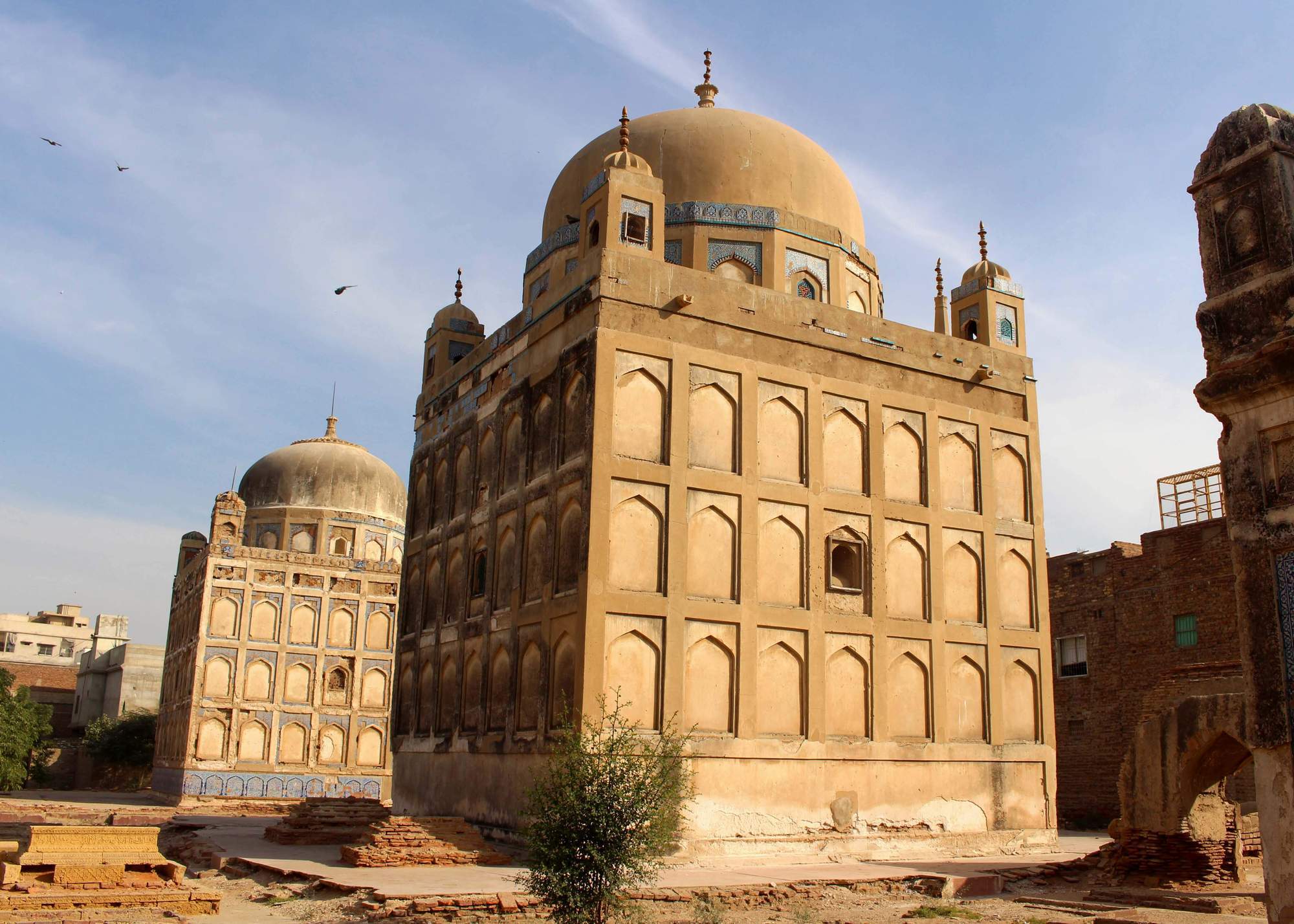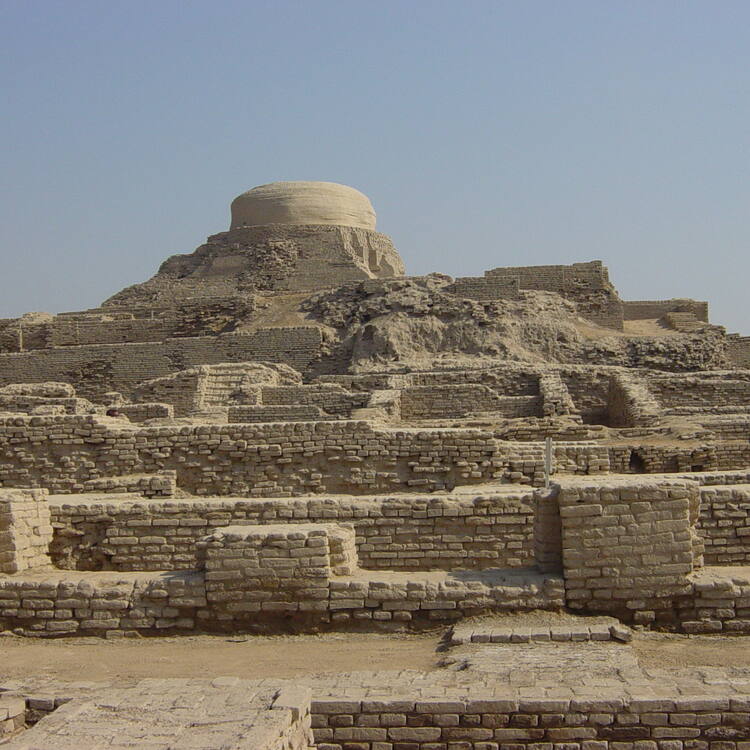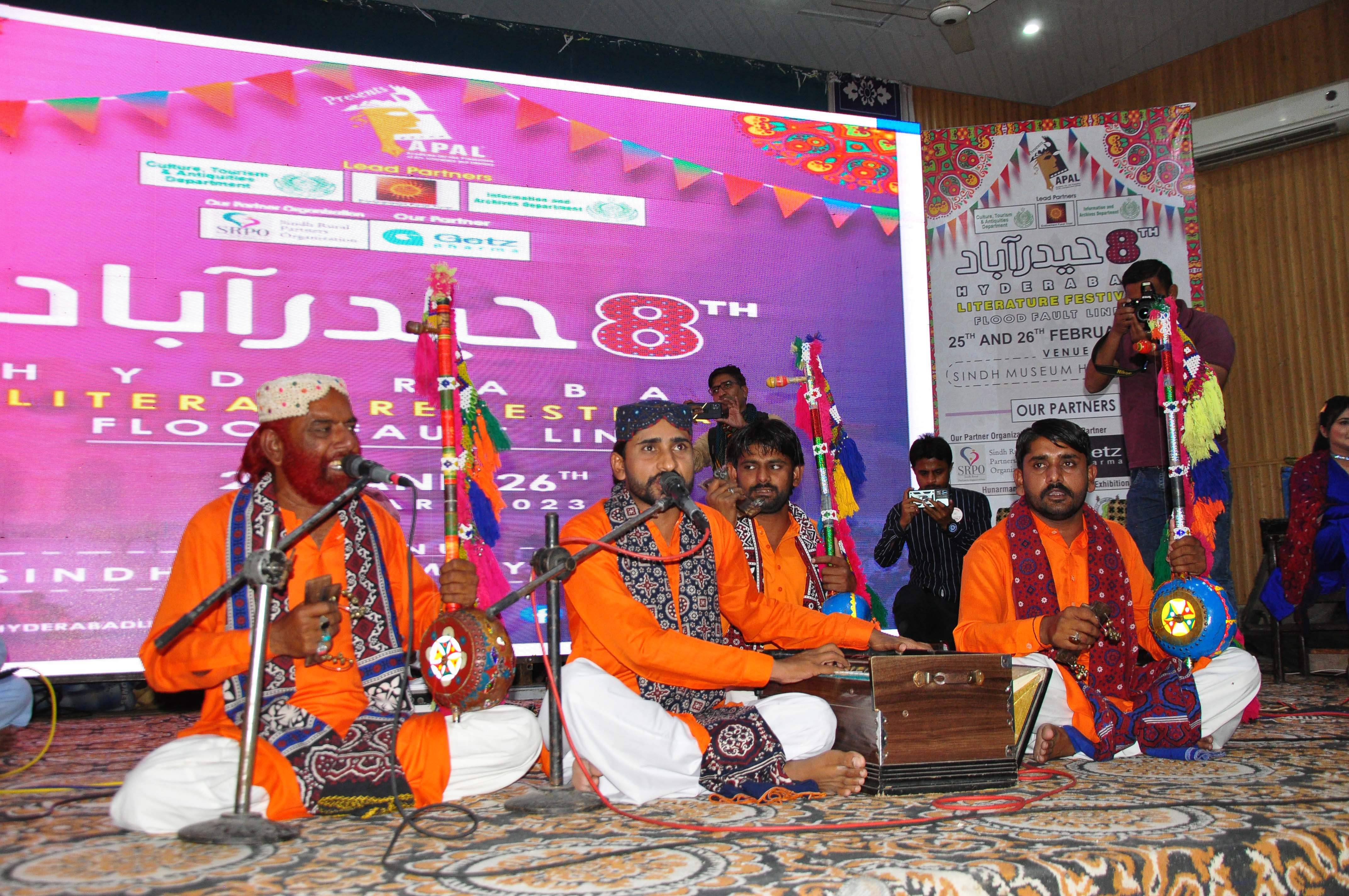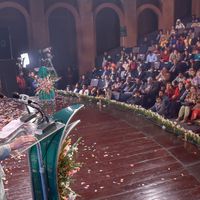Fostering Creativity and Innovation: The Role of Cultural Policy in Pakistan's Cultural Sector

As part of culture360's ongoing Call for articles 2023, Ghulam Shabir Arain writes about Pakistan's cultural policy and its effects on the country's cultural sector.
Pakistan’s cultural heritage is a wealthy inventory of ancient monuments, literary masterpieces, and traditional crafts. However, despite its rich cultural heritage, Pakistan's cultural sector has faced many challenges. Lack of investment, limited access to audiences, and a lack of recognition for artists and arts organisations. The government of Pakistan has taken efforts, to implement of the first-ever cultural policy of 2018, followed by its revival in 2022 aimed to promote and support Pakistan's cultural sector. Investment in the arts has the potential to generate up to US$2 billion in profit per year, allowing the country to experience significant economic growth, social development, tourism development, and cultural diversity.
Role of Culture Policy in Pakistan
The 2018 cultural policy sought to preserve and promote the country's diverse cultural heritage. Cultural infrastructure, industries, tourism, and education were identified as key areas for development in the policy. The policy did not materialised due to the change of regime in 2018. In 2022, the government revived the policy to boost the arts and film industry through a variety of incentives, including improving film quality and technology, establishing artist incentives, and reducing cinema ticket prices. The policy sought to create a National Endowment Fund for Culture in order to provide financial assistance to artists and cultural institutions.
Some progress has been made in implementing the policy's objectives since its adoption. The government has established a number of cultural centres in rural areas and has also funded cultural festivals and events. For example, Karachi Literature Festival, the Hyderabad Literature Festival, the Lok Mela Islamabad (an indigenous folk heritage festival), the Mela Chiraghan (or the Festival of Lamps) and many more. The policy has also resulted in the development of new cultural industries, such as the revival of the film industry, providing access to Pakistani Punjabi films at the international level in recent years. Promoted Pakistani films at the international level included ‘The Legend of Maula Jutt’, ‘Dobara Phir Se’, ‘Joyland,’ and ‘Kamli’.
1. Hyderabad Literary Festival. © Sajjad Zaidi
Key points of the policy:
Preservation and promotion of cultural heritage | The policy sought to safeguard and promote Pakistan's cultural heritage, which included historic sites, monuments, and artifacts. |
Cultural industries development | The policy aimed to promote the development of cultural industries such as music, film, and fashion, as well as to support artists and cultural workers. |
Cultural diversity promotion | The policy aimed to promote cultural diversity and tolerance, as well as to encourage minority communities to participate in cultural activities. |
Development of cultural infrastructure | The policy aimed to promote cultural activities and events by developing cultural infrastructure such as museums, cultural centres, and performance spaces. |
Cultural tourism promotion | The policy sought to promote cultural tourism by highlighting Pakistan's rich cultural heritage and promoting cultural events and festivals. |
Impact of Cultural Policy on tourism
Recent initiatives, such as the Lahore Biennale and the festivals mentioned above have attracted visitors from all over the world, helping to position Pakistan as a cultural destination. To attract more visitors, the government has also invested in the regeneration of cultural sites. Pakistan is home to several UNESCO World Heritage sites, including Mohenjo-raro's Archeological Ruins, Takht-i-Buddhist Bahi's Ruins, Lahore's Fort and Shalamar Gardens. Investment in the cultural sector, particularly in the tourism industry, can generate significant economic benefits especially when cultural tourism has grown in popularity in recent years with visitors seeking out unique and authentic experiences that highlight a country's cultural heritage. Pakistan's diverse tourist destinations, which include scenic landscapes, historic sites, and rich cultural heritage, make a significant contribution to the country's travel and tourism industry. In 2019, it accounted for 5.9% of the country’s total GDP, roughly PKR2,285.8 billion (US$16,756.5 million). Despite the potential economic benefits of investing in the cultural sector, the government has largely ignored the cultural tourism sector.

2. Archaeological ruins at Mohenjo-daro, Sindh, Pakistan. © UNESCO
Impact on education and social development
The cultural sector in Pakistan has the potential to play a significant role in education and social development, particularly in underserved communities. However, investment in the sector has been limited, and many Pakistanis are unable to access cultural institutions and activities. The government has taken some steps to promote cultural education and awareness, including cultural heritage in school curricula and establishing cultural centres in rural areas. However, the scope and scale of these efforts have been limited. Apart from formal education, the cultural sector can promote social development by encouraging creative expression and community involvement. Cultural institutions and activities can bring people together, foster understanding and tolerance, and instil pride in one's cultural heritage.
Lack of investment in the culture sector
A 2014 British Council report found that the creative and culture industries in Pakistan is generally underfunded and undervalued. Inadequate investment has hindered the development of cultural infrastructure and institutions, as well as limited the scope of cultural activities and programs. The cultural policy in Pakistan for 2018 aimed to address some long-standing issues in the cultural sector, such as a lack of investment and audience access. However, progress has been slow and limited in these areas. While the policy established ambitious targets for increasing cultural investment, actual investment has remained relatively low. According to a Ministry of Information and Broadcasting report, the cultural sector received only 0.004% of the federal budget in 2020-21, far less than the recommended 1% allocation.
Lack of access to audiences
In addition to a lack of investment, many cultural institutions and activities continue to face access challenges to audiences, despite the policy's goal of increasing public access to cultural events and institutions. This is especially true in rural areas due to limited infrastructure and transportation options in these areas, making it difficult for individuals to travel to cultural events or institutions located in urban centres, not to mention poverty which affects a large proportion of the rural population.
How COVID-19 affected the Cultural Policy
The COVID-19 pandemic has delayed the implementation of Pakistan’s cultural policy of 2018. The closure of cultural institutions and the cancellation of events made a pause on the promotion and preservation of cultural heritage and significant cultural events. The economic misery caused by the pandemic has also had an impact on the growth of cultural industries, stemmed from job losses and decreased revenue. However, the government has taken steps to assist the cultural industries, such as establishing a COVID-19 Relief Fund (2020) to facilitate thousands of artists and pivoting cultural activities online. The pandemic's long-term impact on policy implementation remains unclear.
Conclusion
Pakistan's rich cultural heritage faces many challenges, including limited access to audiences and investments. Despite recent government efforts to support the cultural sector with the introduction of the 2018 Cultural Policy, progress has been slow even with its revival in 2022. With initiatives like the Lahore Biennale and Karachi Literature Festival leading the international lens to position Pakistan as a cultural destination, it is hoped that investment in the cultural sector will bring economic and social benefits, promote cultural diversity and understanding, foster creativity and innovation, and instil pride in one’s cultural heritage.
Cover image: Old tomb of Founder of Pakka Qila, Mian Ghulam Shah Kalhoro in Hyderabad, Pakistan. © Sajjad Zaidi
About the author
Ghulam Shabir Arain is a journalist from Hyderabad, Pakistan, with over 7 years of industry experience. He has made significant contributions to electronic media through his excellent reporting and communication abilities.
Similar content
posted on
07 Sep 2010
posted on
25 Jun 2018
By Kerrine Goh
24 Dec 2013
posted on
13 Jun 2018
20 Nov 2019 - 21 Nov 2019
posted on
22 Jul 2012




